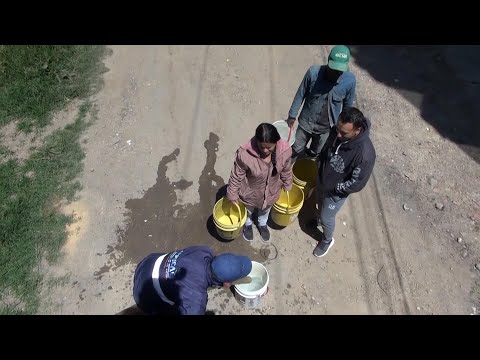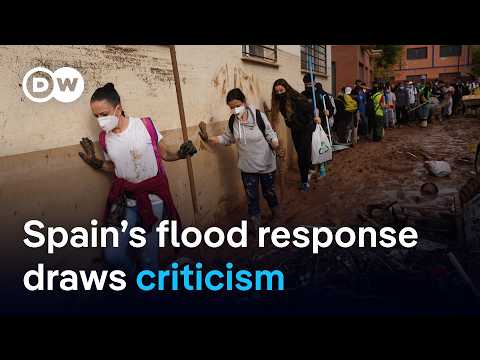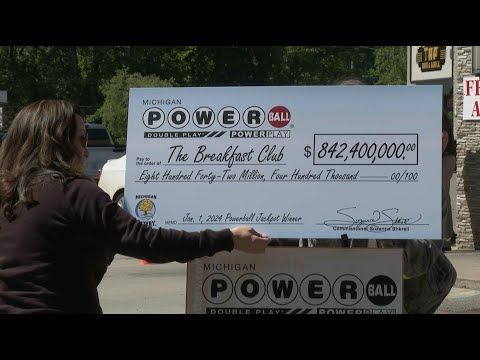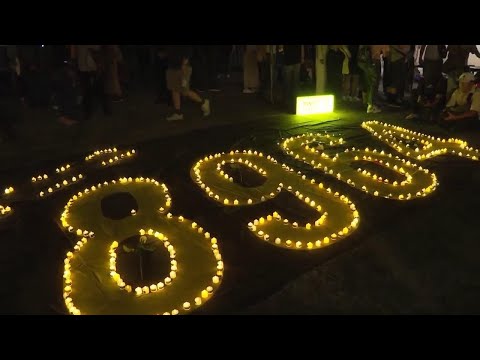(17 Apr 2024)
RESTRICTION SUMMARY:
ASSOCIATED PRESS
La Calera, Cundinamarca, Colombia – 16 April 2024
1. Woman walking uphill with buckets of water
2. Various of residents on unpaved road filling buckets from tank truck
3. SOUNDBITE (Spanish) Natalia Rios, representative from La Calera water distribution company:
"We are doing these rounds every day because we don’t have a constant supply, which allows us to pump water to provide for the entire community."
4. Various of residents gathered at parking lot with buckets
5. Various of workers from water company filling buckets with water
6. Various of residents on unpaved street walking to obtain water from water tank
7. Various of buckets and barrels being filled
8. SOUNDBITE (Spanish) Carlos Arturo rueda, resident of La Calera neighborhood:
"It’s concerning, because every day we are in more need of this precious liquid and we don’t take care of it. I think we all need to agree that this is necessary and make it available for everyone."
9. Various of residents collecting water
10. SOUNDBITE (Spanish) Juan Carlos Hernandez, Climate change professor at La Javeriana University:
"It’s evidence of climate change, where summers are always hotter and more intense. In January, we didn’t have a single rainy day in La Calera municipality. This led us to January 31 when we advised the population and started rationing. At first it was not as strong with only four hours per three days a week, helping us to make the community conscious. With days passing and absence of rain it forced us to make a more drastic rationing
11. Various of residents collecting water
STORYLINE:
Residents of the outskirts of the Colombian capital Bogota are among the most affected by the water rationing amid a drought associated with the El Niño weather pattern.
The drought has prompted officials to ration water in most neighborhoods and ask residents to change their showering habits.
Those resident in La Calera do not even get a constant supply of running water and instead rely on water tankers distributing it.
Juan Carlos Hernandez, Climate change professor at La Javeriana University, said the neighborhood has been restricting water to residents since January, increasing days with cuts as the year advances.
In a statement aired by local media, Bogotá’s Mayor Carlos Fernando Galán said homes that use more than 22 cubic meters of water per month will have to pay additional fees.
He also threatened to impose fines of up to $300 on people who wash their cars on the streets or conduct other activities that are del eemed to be a waste of water.
The mayor said that city buses, which are usually washed every day, will now only be washed once per week. For public health reasons, the insides of the buses will still need to be cleaned on a daily basis.
Water rationing is rare in Bogotá, a city that is located in a humid patch of the northern Andes Mountains and is surrounded by cloud forests and emerald green fields.
But several months of dry weather, caused by the El Niño weather phenomenon have destabilized the city’s reservoirs and led to forest fires in January.
Bogotá’s main source of water, the Chingaza Reservoir System, is currently 15% full, its lowest level ever. Experts have warned that if rains do not return to the area, its reservoirs could run out of water in two months.
Faced with this situation, officials in Bogotá last week rolled out a water rationing system that divides the city into nine zones. Each zone is cut off from the water supply for 24 hours, on a rotating basis.
AP Video by Marko Alvarez
Find out more about AP Archive: http://www.aparchive.com/HowWeWork
Twitter: https://twitter.com/AP_Archive
Facebook: https://www.facebook.com/APArchives
Instagram: https://www.instagram.com/APNews/
You can license this story through AP Archive: http://www.aparchive.com/metadata/youtube/5b92ccf99fff4b688ff7acadef9644d8





